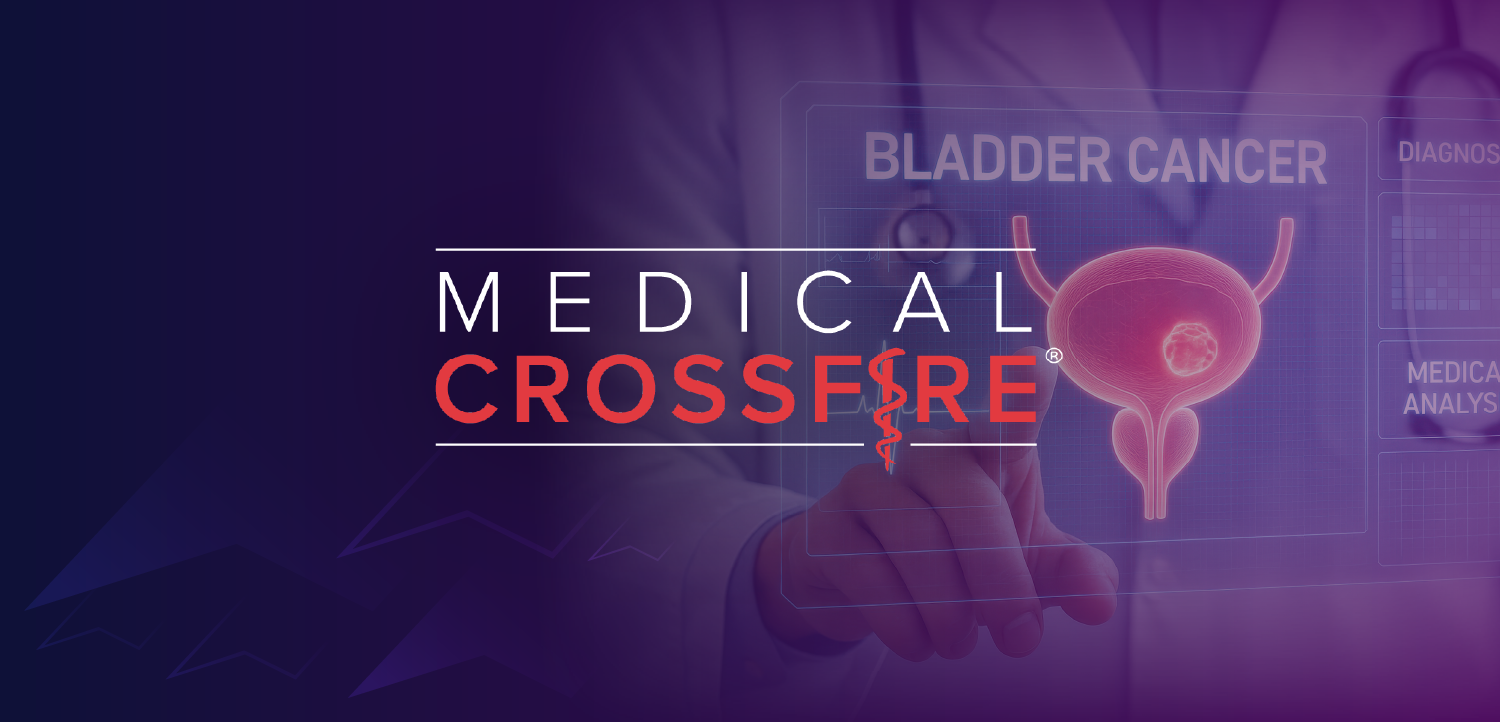
Medication Overuse Headaches
Medication overuse headache can result from overuse of any drug to abort acute headache. Discontinuation is the only effective treatment and is difficult.
It is common sense that when people take medications to alleviate pain, they expect relief-especially if the drugs were previously effective.
Most people are therefore surprised when they learn that analgesics can actually worsen pain. It is well known that extended use of opioid analgesics can cause hyperalgesia. However, there is one pain state related to medication use that is actually a separate diagnosis: medication overuse headaches (MOH).1
It is estimated that approximately 6% of patients who seek care for headaches from primary care physicians have MOH. And up to half of patients treated in headache clinics have MOH: this fact reflects how difficult it is to treat this condiction.2
MOH stem from the treatment of other headache conditions, most commonly tension-type and migraine headaches. MOH can result from the overuse of just about any medications used for the acute abortive treatment of headache. These range from OTC medications, such acetaminophen, aspirin; combination medications, such as Anacin and Excedrin, which contain these and caffeine; other NSAIDs; to prescription analgesics, including opioids, triptans, and drugs with bultalbital, such as Fiorinal and Fioricet.
The only effective treatment of MOH is to discontinue the medications that are causing them. This can be quite difficult: patients are often unconvinced that the medications that once provided relief are now adding to their suffering. And even if the offending medications are successfully discontinued, the headaches for which they were originally being taken still need to be addressed.
Theoretically, MOH can develop in any patient treated with medications for headache. Because OTC drugs can be the culprit, you may not even be aware of the risk of MOH until they have already begun to occur.
A new study that used a Norwegian health survey database offers information about factors that help predict which patients are most likely to develop MOH. The authors reviewed over 41,000 subjects who provided initial information and then were followed-up 11 years later.3 The most significant factors at baseline-in order of the degree to which each increased risk of MOH-were:
• Frequency of headaches of 7 to 14 days a month at baseline. Those with migraines were more likely to develop MOH than those with other types of headache.
• Use of tranquilizers daily or almost daily for 1 month or longer during the year before baseline. (This risk factor remained even after adjustment was made for elevated scores on the Hospital Anxiety and Depression Scale [HADS].)
• Scores on the HADS of 11 or greater.
• Daily use of analgesics at baseline for any conditions.
• Physical inactivity.
• Chronic musculoskeletal and GI complaints.
• Smoking.
Putting this information into practice
How can you use this information in clinical practice? Certainly it is important to educate patients with chronic headache about the possibility of MOH, even if they are taking only OTC medications.
Observation of all of the predictive factors, with the exception of the HADS score, is generally part of a standard primary care visit. Even with regard to the HADS, primary care clinicians should watch for signs of anxiety and depression, especially if these are chronic problems that are co-occurring with other health problems (eg, chronic pain conditions including headache).
The relationship between the use of tranquilizers and MOH is an interesting one. The authors of the Norwegian study note that there was no attempt to identify the nature of the tranquilizers the subjects took.3 However, if the tranquilizers were primarily benzodiazepines, the increased risk of MOH would make sense based on previous research. As with opioids, long-term use of benzodiazepines can result in hyperalgesia. Also benzodiazepines can actually reduce the analgesic effects of opioids. Thus, patients who are taking both classes of medications might end up taking more opioids to receive sufficient analgesia and this, in itself, might factor into the development of MOH.
A final note about migraine headaches. Prophylactic medications including topiramate (Topamax) and the serotonin-norephinephrine reuptake inhibitor antidepressants including the tricyclics do not appear to carry the same risk of MOH as the abortive medications. For patients with frequent headaches, therefore, consider prophylactic drugs before MOH develop.
References
1. International Headache Society. IHS Classification ICHD-II Medication- overuse headache. Available at:
2. Davies P. Medication overuse headache: A silent pandemic. Pain. 2012;153:7-8.
3. Hagen K, Linde M, Steiner TJ, et al. Risk factors for medication-overuse headache: An 11-year follow-up study. The Nord-Trondelag Health Studies. Pain. 2012;153:56-61.
Newsletter
Enhance your clinical practice with the Patient Care newsletter, offering the latest evidence-based guidelines, diagnostic insights, and treatment strategies for primary care physicians.




























































































































































































































































































































